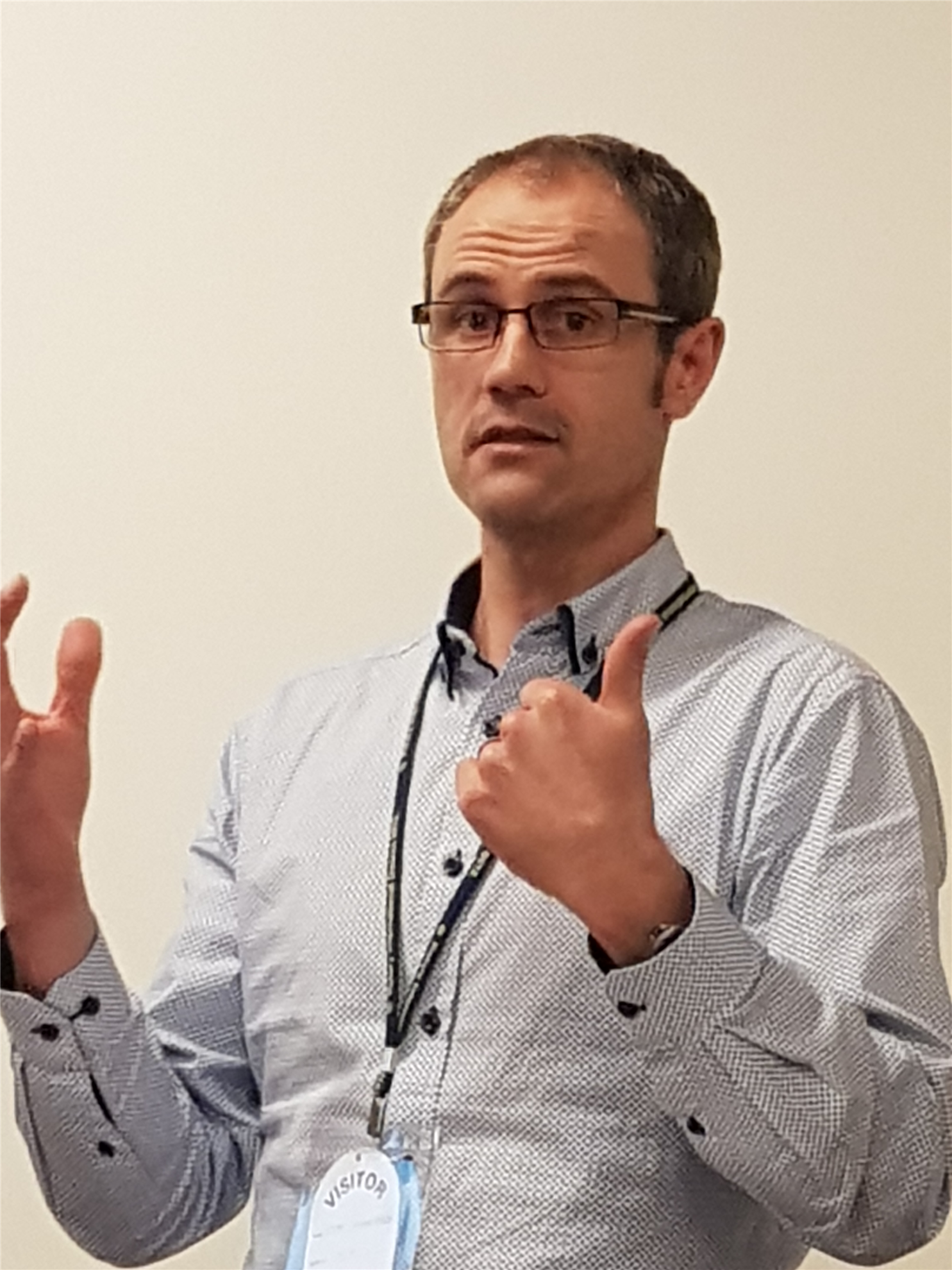regenerative-medicine-and-tissue-engineering-(create)

Associate Professor Tim Woodfield leads the Christchurch Regenerative Medicine and Tissue Engineering (CReaTE) Group in the Department of Orthopaedic Surgery and Centre for Bioengineering and Nanomedicine at the University of Otago, Christchurch.
We were honoured to secure Tim as guest speaker for our meeting on 26 June and proud to learn that he is the son-in-law of one of our members, Tony Taylor.
Tim and his CReaTE team are pioneering the development of new joint tissues to regenerate, rather than replace, those damaged by diseases such as osteoarthritis and cancer. To support this work, the Royal Society of New Zealand awarded Tim a Rutherford Discovery Fellowship in 2012, focussing on Regenerative Medicine of cartilage and bone.
This is hugely important work because joint diseases cause much pain and loss of wellbeing, and the demand for joint replacement surgery is growing exponentially due to our aging population. In fact, by 2030 NZ will have a 274% increase in demand for hip and knee replacements, requiring 11,300 procedures per year.
Growing joint tissue outside the body is a complex business, but essentially involves harvesting some of a patient’s cells and stimulating them to create regenerated tissue.
3D printing allows complex shapes to be reproduced, such as titanium joint implants for patients with specific problems e.g. bone cancer. Tim and his team take this technology a step further using 3D bioprinting, in which human cells are built on biomaterial such a strong hydrogel. The bioprinters can work in the operating theatre to form structures from ‘bio-ink’ with living cells, set them into the right shapes and print the implant required.
Further research is needed to solve issues such as how to achieve an effective blood to the regenerated tissues, especially for large structures – but the CReaTE group is working through these. Bioprinting has scope for other medical advances, such as growing cancer cells in a laboratory for drug testing. This reduces time and risk of undertaking drug trials on people and avoids the need for animal testing.
Evolution of tissue engineering and bioprinting is incredibly exciting, and we are so very fortunate to have one of the pioneers in the field, right here in Christchurch.
Thank you, Tim, for a fascinating talk.